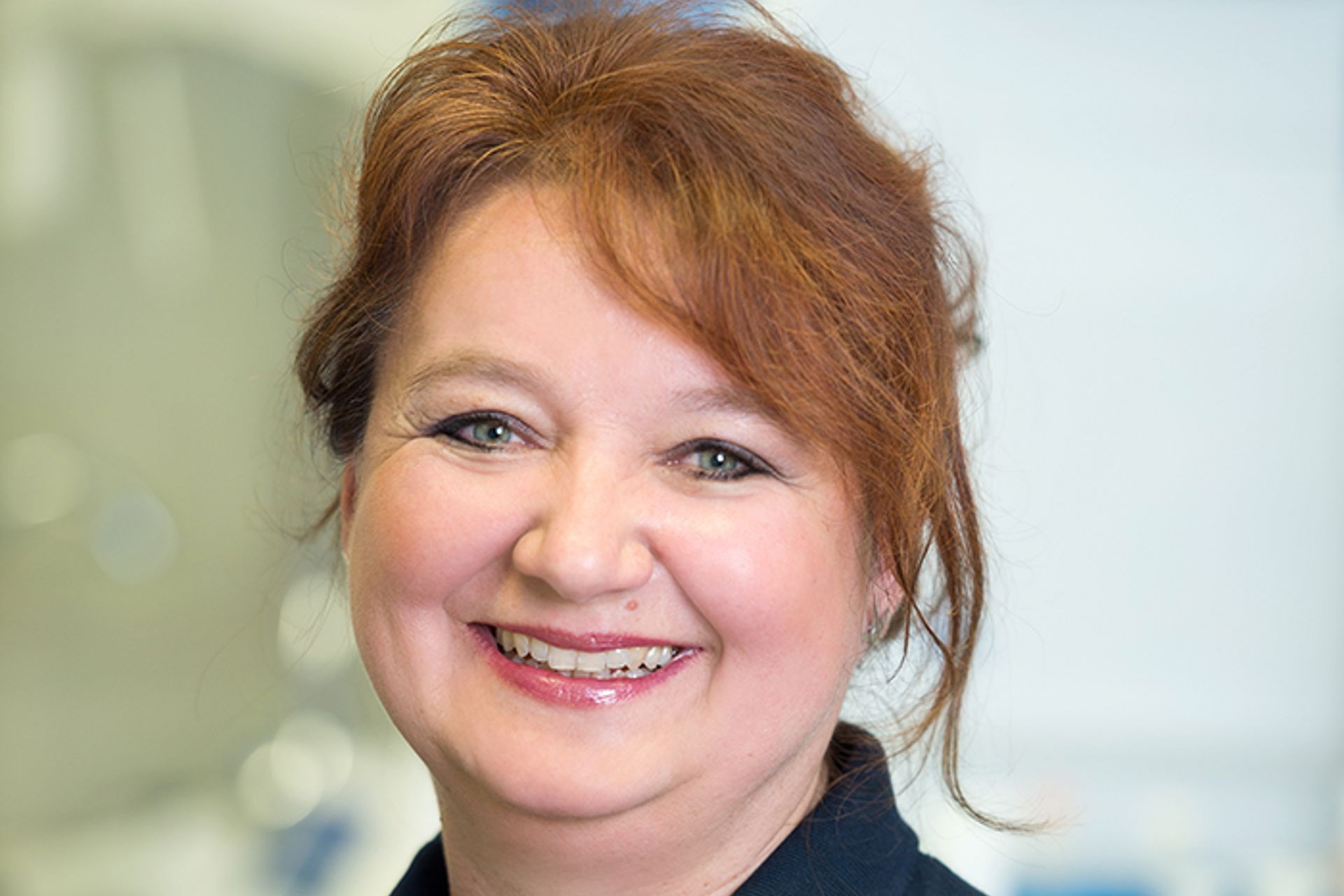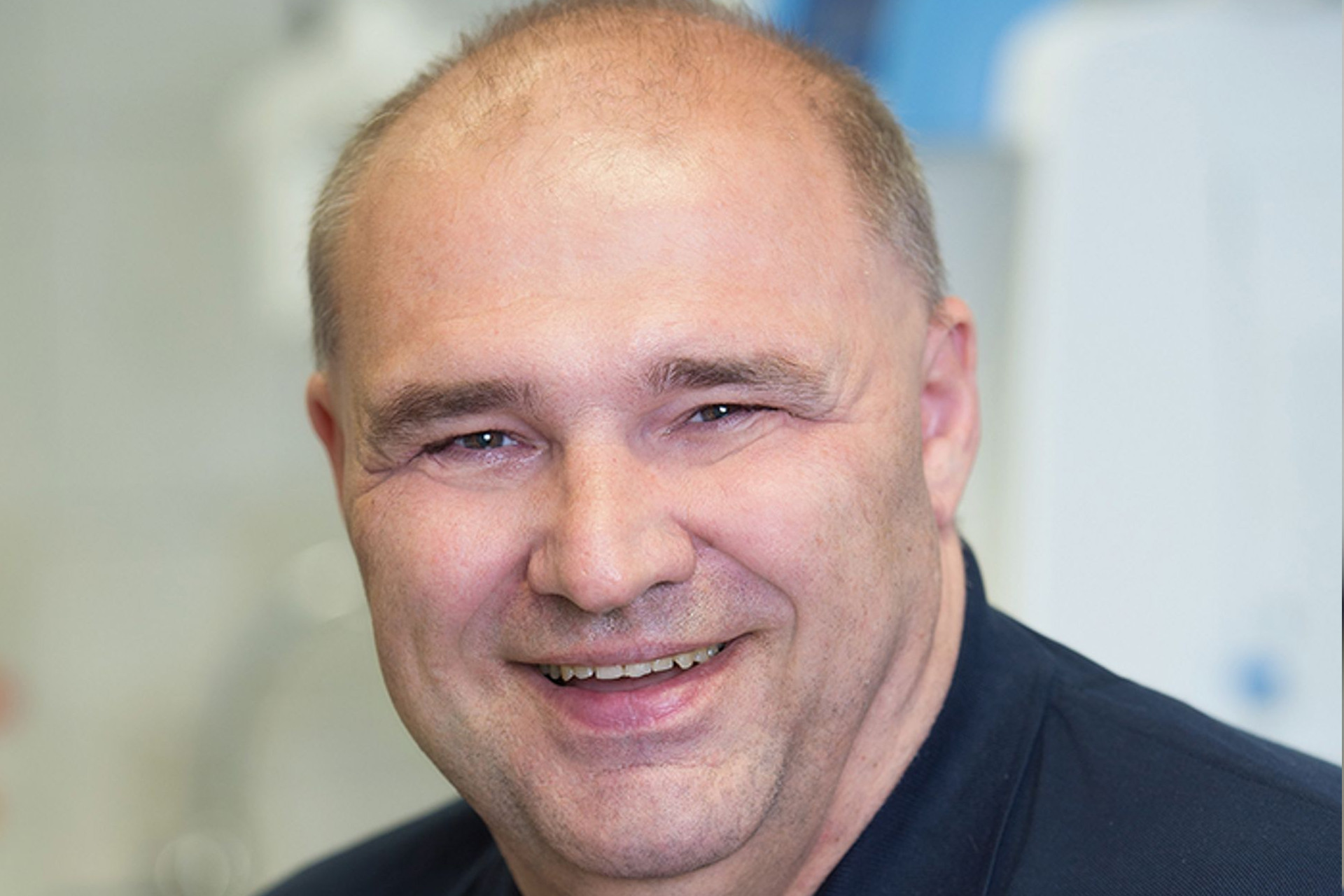Technical cleanliness - cleanliness analyses
Cleanliness testing of components are important elements for quality control in the automobile industry and the supplier industry. We are an accredited laboratory for testing technical cleanliness of components according to ISO 16232 and VDA 19.1. Besides the accredited norms, we naturally also analyse your components according to requirements of other norms or factory regulations (for instance BMW, Bosch, Continental, Daimler, TRW, VW, and ZF).
We will gladly provide you with a personal consultation.
Procedure
The examinations are being performed in an air-conditioned clean-room SaS2 according to VDA 19.2 with personnel
and material locks.
Important information on the packing of the test objects:
The components should preferably be sent in series packaging or separately in antistatic bags. On no account can the objects be sent wrapped in aluminium foil or loose in a box. There is a danger of particle contamination through the packaging material or through the friction.
We will be happy to advise you individually or send you a general price overview for the cleanliness analyses.
Extraction methods
We offer the following extraction methods:
- Spray cleaning in a closed spray cleaning system with a cold cleaner (DeSolvIt)
- Spray cleaning in a clean room workbench class II with various cleaning supplies (for instance DeSolvIt, Isopropanol, water with a wetting agent)
- Ultrasonic cleaning with every requested cleaning agent
- Interior rinsing of components
- Shaking components with large-volume interiors and easily closable openings
Contact partner
Phone: 09132/75034-0

Andrea Dittrich
Head of technical cleanliness
Contact partner
Phone: 09132/75034-0

Dieter Stengel
Head of technical cleanliness

Andrea Dittrich
Deputy head of technical cleanliness
Verification / extraction curve
After cleaning the complete equipment we make an initial blank test. To perform the extraction curve, the extraction is repeated six times with a defined volume on a separate test lot! The particle amount of the relevant range of all six extractions is added up to 100 %. The extraction is completed if the value of a single extraction is less or equal 10 % of the whole amount of particles.
Filtration / gravimetry / evaluation
The testing liquid is filtered through a suitable and stipulated filter, dried in a drying chamber and gravimetrically evaluated for the determination of the residual mass of particles. The measurement of the particles happens automatically in the zoom-microscope. Thereby it is differentiated between reflecting particles (metals), not reflecting particles (non-metals) and fibres. After that follows the manual check of the filters.
Report
Besides the documentation of the procedure, the report contains a diagram of particle distribution, a list of results, and overview pictures of the filters and particles. Upon request, the report can be complemented with an assessment of the given customer-specific standards. Additionally, a working procedure regulation, which has to be conducted, is listed in the report of the extraction curve. All reports are also in English.


